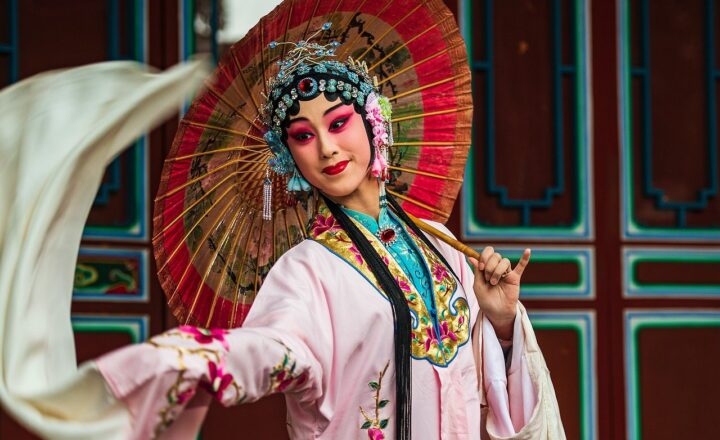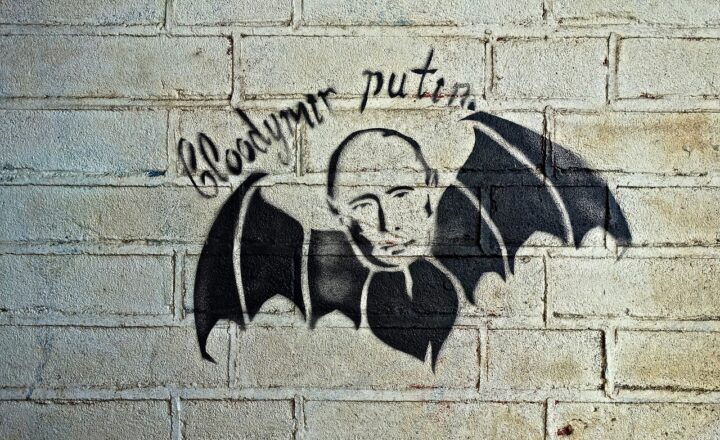
Animation has woven itself into the very fabric of modern society, subtly influencing various facets of everyday life and cultural dynamics. From television shows and movies to advertising and internet memes, animation has become a ubiquitous part of visual communication and entertainment. In this article, we will explore how animation impacts pop culture and societal values, its role in storytelling, and its capability to shape perceptions and inspire dialogue across generations.
1. The Storm of Animation’s Rise in Pop Culture
The evolution of animation has seen it transcending its initial role as a mere entertainment medium. Early cartoons, primarily created for children’s amusement, have transformed into sophisticated art forms that communicate complex narratives and provoke thought. Today, animated films and series are essential components of pop culture, appealing to diverse audiences regardless of age.
Noteworthy examples include:
– **Animation in Film Festivals**: Events like the **Annecy International Animation Film Festival** showcase artistic animation, emphasizing its importance in the film industry.
– **Television Dominance**: Shows such as **The Simpsons** and **Rick and Morty** have gained immense popularity, influencing pop culture through cultural references and social commentary.
Animation’s acceptance as a serious medium allows creators to address heavy themes, challenge societal norms, and explore human emotion that drives deeper connections with audiences.
2. Animation’s Role in Storytelling and Cultural Reflection
Animation, through its vivid colors and imaginative worlds, captures the essence of storytelling. It provides a platform for diverse narratives that resonate with audiences. Here are notable aspects:
– **Representation in Animation**: Animated media has evolved to include a plethora of characters from diverse backgrounds, bridging cultural gaps and fostering understanding through representation. Films like **Moana** and **Coco** celebrate traditions and customs from different cultures, inviting viewers into new perspectives.
– **Social Commentary**: Animation doesn’t shy away from addressing pressing societal issues; for example, **Futurama** cleverly addresses social and political themes through satire, encouraging critical thinking and discussion among viewers.
Today, animation is not just entertainment; it’s a mirror reflecting societal values and changes, driving dialogues about acceptance, identity, and inclusivity.
3. The Educational Impact of Animation
Educational animation is revolutionizing the way individuals learn by making complex concepts accessible.
– **Children’s Education**: Programs such as **Sesame Street** and **Dora the Explorer** leverage animated characters to teach important skills such as literacy, numeracy, and problem-solving in an engaging way.
– **Informative Campaigns**: Animation has embraced public service announcements and educational campaigns. For instance, organizations create animated content to elaborate on health concerns or environmental issues, increasing public awareness and engagement.
Through its ability to simplify and visualize information, animation enhances learning experiences for audiences of all ages.
4. Animation’s Role in Technology and Innovation
Animation has also spurred innovation in technology, intertwining with the entertainment industry and beyond.
– **Video Games**: The gaming industry heavily relies on animation to create immersive worlds and characters. Titles like **The Legend of Zelda** or **Final Fantasy** incorporate storytelling through complex animation techniques, enhancing player engagement and emotional connection.
– **Augmented Reality (AR) and Virtual Reality (VR)**: Animation in AR and VR experiences heightens user immersion in various fields, from education to entertainment, allowing users to engage interactively and explore fictional realms physically.
The convergence of animation and technology continually opens new frontiers, enhancing experiences while redefining communication methodologies.
5. Memes and the Evolution of Animation in Digital Culture
The rapid rise of digital platforms has led to animation taking on a new form—memes. Animated gifs and short videos now spread across social media, cementing their role in contemporary pop culture.
– **Viral Content**: Memes like **“Pepe the Frog”** or **“The Dancing Baby”** showcase grassroots animation, allowing individuals to express sentiments and commentary efficiently.
– **Marketing Strategies**: Brands leverage animated content to resonate with younger audiences on platforms like TikTok and Instagram, utilizing humor and relatability to drive engagement.
Through memes, animation remains relevant in everyday conversations, fostering a shared vernacular in digital culture.
6. The Global Influence of Animation
Animation transcends language barriers, influencing global cultures.
– **Anime’s Popularity**: Japanese animation, or anime, has captivated audiences worldwide, leading to adaptations in music, fashion, and lifestyle; shows like **Attack on Titan** and **My Hero Academia** breathe life into storytelling, fostering fandoms and communities.
– **Crossover Collaborations**: Collaboration between cultures introduces unique animation styles and stories. For instance, western adaptations of anime or animated remakes of traditional tales foster understanding and appreciation of different cultures.
Animation promotes dialogue and understanding between cultures, creating shared experiences that foster global interconnectivity.
Conclusion
The unseen influence of animation on pop culture and society is profound, bridging gaps between cultures, provoking thought, and reshaping perceptions. As animation continues to evolve, its ability to convey complex narratives and emotions ensures its place at the forefront of cultural dialogue. From the stories told in animated films to the memes shared online, animation reflects not just entertainment, but our ongoing journey toward understanding and connection in a diverse world.
The impact of animation is extensive and multifaceted; it is a creative force that shapes and reflects our collective experience in the world today.






